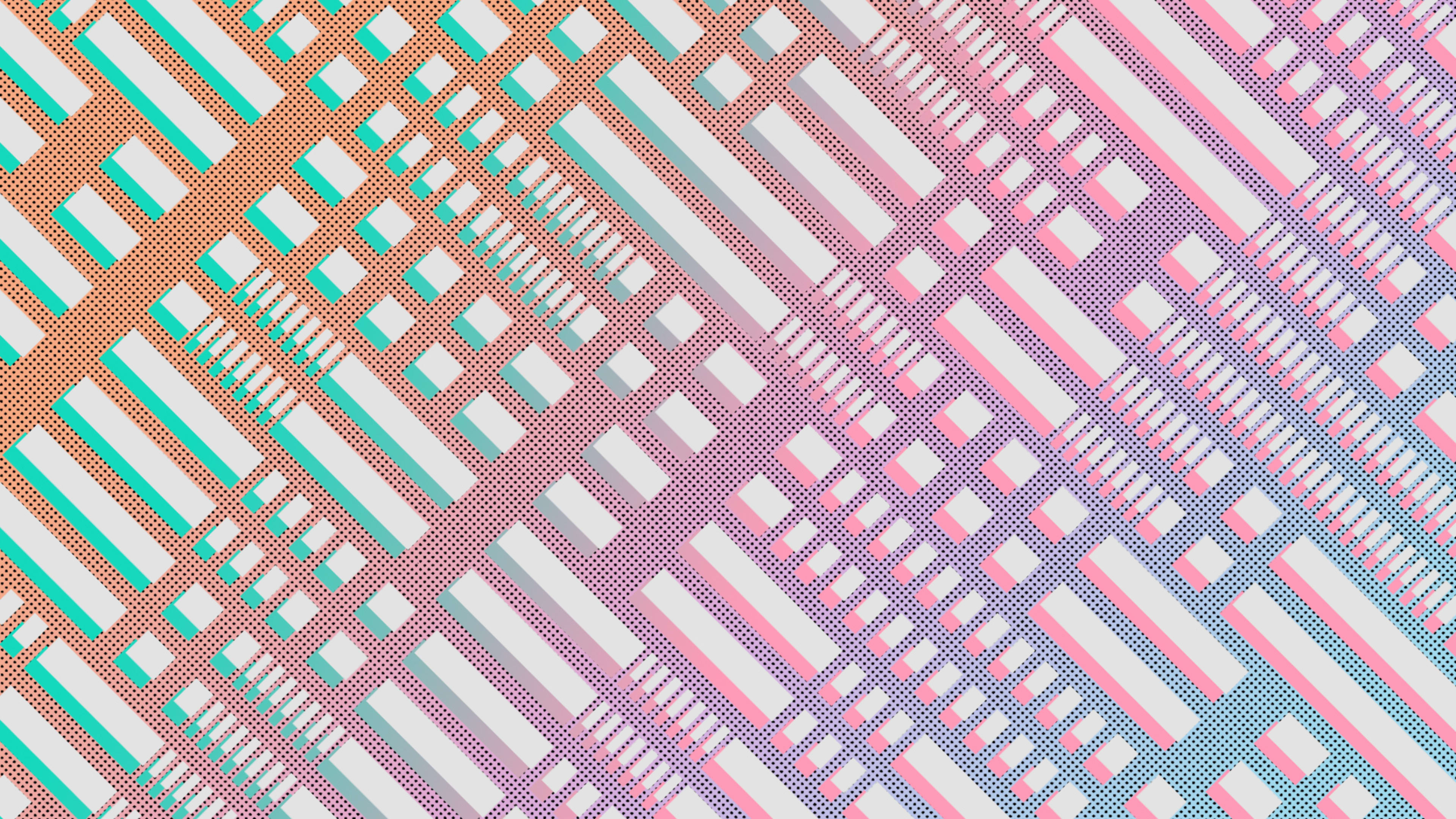A year after completing a 156-mile, six-day race in the Sahara Desert for charity, Joseph Thompson wondered what had happened to the money he raised from his supporters. Naturally, he thought his $122,000–and 52 and a half hours of sweaty effort–would pay for a lot of good. But when he checked with the charity in Ethiopia he had decided on donating to, one that was supposed to be funding surgery for kids, he was told the money had been transferred to a “sister charity.” That organization was said to be building a school for doctors. But, as far as he could tell, no building had begun. Today, Thompson–a bearded and ebullient Irishman–suspects the donation simply disappeared, destination unknown. The experience “drove me insane for a while,” he says, like someone had robbed him in the middle of the Moroccan sand.
It’s this sort of problem–a lack of traceability in aid–that encouraged Thompson to develop a system to transfer and track international development payments. AID:Tech is one of several startups working with blockchain technology, trying to ensure more funds go where they’re supposed to go. “Transparency is really needed in aid and welfare payments because there’s not a functioning system that works globally,” he says.

Achieving Transparency
Through a mixture of banking inefficiency and opacity, managerial incompetence and outright fraud, huge amounts of aid currently never go where donors intend. Former United Nations secretary-general Ban Ki-moon has estimated that 30% of all development assistance doesn’t reach its rightful destination, primarily because of graft. It’s understandable, says Thompson, that “humans make mistakes” in tracking where resources go. But in many cases the mistakes are more willful–where a lack of transparency allows aid payments to become government-issue Mercedes, or stylish villas high on the hillside outside of town.
“Without transparency, we know that a significant volume of funds are lost to mismanagement and misappropriations, like fraud and corruption tangled with corporates and governments,” says Ben Joakim, founder of a second blockchain aid startup, Disberse, also in London. “That means that less money is available for its intended purpose, and the impact is reduced for those who need it.”
Blockchains are distributed databases with no central authority. They were conceived as transaction logs for bitcoin, after Satoshi Nakamoto sketched a plan for the cryptocurrrency network in 2008. Blockchains have since been adopted for all kinds of uses, particularly in financial services, and more recently in energy, health care, and even the arts. Because of their distributed nature, and because they promote trust among users, blockchains could be particularly useful in international development, where the need for greater data integrity is particularly acute.
On the blockchain, transactions are recorded in what are called blocks, with each successive block referring back to previous blocks, thus creating chains of blocks. It’s this permanent and inviolable record of work that gives certainty to all parties. Each time aid changes hands–say, from a government, to a charity, to an on-the-ground partner, to a local government, to final recipients–it’s recorded permanently as a block across multiple computers. Everyone can be sure that what’s just happened has happened: in this case that aid has been disbursed through a chain of recipients. If anyone tries to alter the chain of blocks, there’s a record on all the other computers.

Creating A Digital Identity
The startups are using blockchains in different ways. AID:Tech works with aid groups like the Irish Red Cross and the Society of St. Vincent de Paul, one of Ireland’s most venerable charities. First, its clients go on the platform and create digital identities for beneficiaries. Then they assign assets (e.g. food or money) in the blockchain record and generate plastic vouchers with QR codes, which they distribute to recipients. Once scanned with a phone, these vouchers entitle the person to whatever is in their blockchain account, and the charity can see when the entitlement has been transferred (say, when the user buys something at a designated store). Based on how much users buy at that store, the aid group can settle the account with the merchant. Crucially, no cash is generated in the transaction, reducing opportunities for waste or theft.
“As money goes down through the supply chain, our clients are hoping it gets to the beneficiary, but they can’t measure it, and you can’t manage what you can’t measure,” says Thompson.
Blockchains can also help reduce what Joakim calls “transactional inefficiencies.” Disberse recently finished a pilot with a U.K. charity called Positive Women, which works in Swaziland. The British arm of the charity sent about $19,000 to its unit in southern Africa, converting pounds-sterling into tokens (“digital pounds”) then converting them back into local currency with the help of an in-country foreign exchange partner. In this way, traditional money never crosses the border and the charity avoids banking fees. Joakim says it saved about 2.5%, or enough money to send three Swazi girls to school for a year. As with AID:Tech, the money can then be distributed through vouchers or mobile payments.
“As a small charity in the U.K., how do you monitor where the funds go? This gives them tangible evidence with which they can go back to their donors and say exactly where the money is going and incentivizing to give more in the future,” Joakim says.
Disberse’s model is a little like TransferWise, which cuts the cost of cross-border payments by matching up people sending money in different directions (so, again, actual currency never crosses a border). Joakim wants to work with multinational corporations that send money through their subsidiaries every day and that could stand up the opposite side of aid transfers.

Making It Easier To Give Cash
The United Nations World Food Program (WFP) has also been experimenting with blockchain. It ran a small pilot in Pakistan earlier this year and it’s now disbursing funds through a blockchain-based system it set up for a large refugee camp in Jordan (they’re not naming the camp to protect the identity of the recipients).
Over the last five years, WFP has been switching from distributing primarily food to distributing about 25% of its aid in the form of cash-based transfers (CBT). This offers more autonomy for recipients, who are now free to spend the money as they like. But according to Houman Haddad, a regional CBT adviser in the Middle East & North Africa, it can create high bank transfer fees and put the privacy of recipients at risk. Normally, the WFP would send lists of recipients to its banking partner, who in turn would send the individual payments.
The WFP’s new blockchain system, currently used by a few thousand people, turns the model around. WFP registers anonymous recipients on its blockchain, enters their entitlements, and then links the record to an iris scan network already in place in the camp. Recipients can therefore go to a supermarket within the camp, collect up items to buy, then pay for them simply by looking into a register-side iris scanner. Later, WFP can then pay the supermarket for its entire bill, settling everything with one transfer.
“By doing the blockchain version, we don’t have any costs with the banks other than the transfer fee to the supermarket. We’re not sharing beneficiary data, and we’re not advancing money to anyone,” Haddad says in an interview. “The cost is normally high for us. Every 0.1% we can save is significant.” The WFP has an annual budget of about $6 billion and feeds 80 million people a year.
In time, the blockchain has potential to disintermediate several parts of the aid chain, including banks, government agencies, and charities. Donors in one country could direct payments to recipients in another, knowing the money has been received and seeing how it is spent. Or using “smart contracts”–self-executing contractual protocols–they could place conditions on tokens only being redeemed for certain purposes (like paying school fees or doctor’s bills). Moreover, the blockchain also creates opportunities for aid recipients to create and control “self-sovereign” identities, instead of being dependent on a government or agency to issue them. Establishing identity is crucial for building wealth, for example by getting a bank account and applying for a loan.
“We think in three or five years time when there is satellite internet everywhere and everyone has a smartphone, we can do so much more,” Haddad says. “Ideally, all information would lie with the beneficiaries themselves. There won’t be a central master system, and the users will have full control over their lives.”
Recognize your brand’s excellence by applying to this year’s Brands That Matter Awards before the early-rate deadline, May 3.
